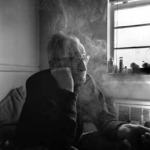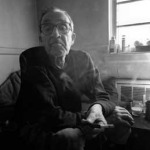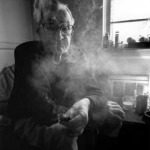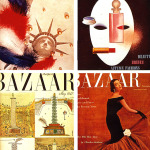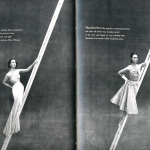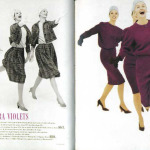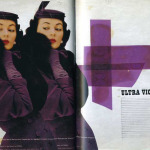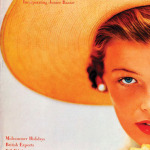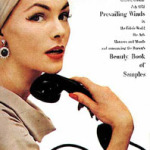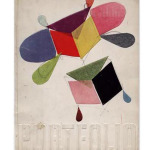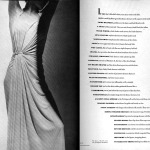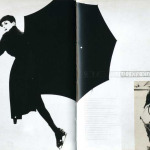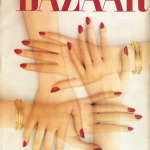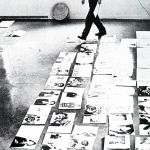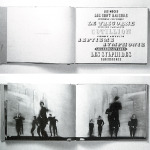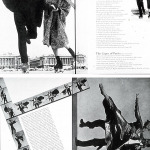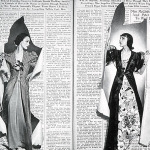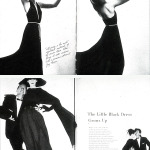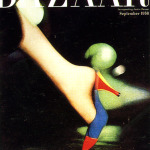Alexey Brodovitch famous photographers
Alexey Brodovitch’ approach to photography was unique, and his talent had many facets. A great number of artists, photographers and students imbibed Brodovitch’ aesthetic concepts and criteria; gaining acknowledgement, many of them admitted that they had to thank him for a large part of their success.
Alexey Brodovitch was born in Russia.
In early 1930-ies he emigrated to the United States of America where he headed the department of advertising at the University of the Arts (Philadelphia). He taught photography and design. In 1934 Brodovitch became artistic director at Harper’s Bazaar and for the next 25 years, until his retirement, would remain a most influential ground-breaking figure and one of the official authorities on modern styles, tastes and fashion.
Brodovitch revolutionized his fashion magazine, bringing fresh and utterly unexpected images to its pages. He taught aspiring photographers to use small-range cameras and shoot models against contemporary backgrounds. He ditched the petrified XVIII century standards with their Greek columns, withering floral festoons and the like. As Irving Penn put it, Brodovitch changed the very psychology of photographer-mod
Brodovitch owes his opportunity of making the revolution to Carmen Snow. She was working on a new Vogue magazine and wanted to make it unusual in style and design. She hired Brodovitch, they showed the mock-up of the first issue to William Randolph Hearst in his San Simeon castle in California. Becoming editor-in-chief of Harper’s Bazaar later on, Carmel Snow invited Brodovitch for the post of her artistic editor.
In those years Brodovitch taught design and photography at the New School of social research, at Yale design school and at the American Graphics institute. He also lectured around on various invitations that came from private photo studios. His regular students viewed him as a constant source of inspiration.
Brodovitch himself compared his teachings to a kind of process, the success depending on the receiver. His manner was very different from a typical professorial delivery. Art Kane, a well-known photographer and one of his students, compared those lectures to a trip.
Another Brodovitch’ student Allan Porter, editor-in chief of the Camera magazine, said he had learned to observe rather than judge, to view a printed media as a whole – a flow of photographic material, disrupted here and there by something out of the ordinary – just like it happens in real life. Porter said that Brodovitch’ had taught to avoid artificiality and present the stuff naturally – meaningful stuff, of course.
A French photographer George Tourmann reiterated, he had learnt to go straight to the heart of the matter, as is recommended in life generally.
Brodovitch’ own work makes a valuable contribution to the art of photography. In 1945 he issued a book of photos of Russian ballet touring Monte Carlo in 1935-39. Those pictures brought up memories of Brodovitch’ early years in Russia and of his first theatrical experiences. The ethereal quality of the images recreates the special atmosphere, the scenic excitement and the dynamics of dancing bodies. Seeing the book, Ralph Gibson said he realized then that photography opened new vistas. And the ways were shown by Brodovitch, who brought the new rhythm, new perspectives. He was a true pioneer.
See also: Franck Van Deren Coke

